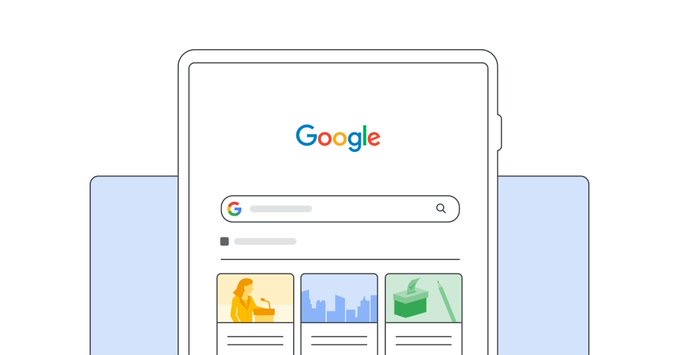
Minister Claims Google News Blocking Puts Wildfire Lives in ‘Danger’
Canada’s Heritage Minister Pablo Rodriguez continues to make the rounds to various media outlets, in response to Google announcing it would pull news links soon, in response to Bill C-18, which aims to force the latter and Meta to pay media organizations for users to share links.
Rodriguez told the BBC on Friday that the “consequences” of withdrawing Canadian news from Google products “is they’re putting people’s lives in danger.” He previously said he was surprised at Google’s decision to end news links before Bill C-18.
“You live in a region where wildfires are going on and raging and extremely dangerous and you’re going to want access to news and see what’s going on and you won’t be able to see it,” said Rodriguez.
The federal government continues to negotiate with Google before the Online News Act kicks into effect at the end of this year.
“Clarity is coming in the next few months through the regulations. So I’m not sure why they did this. Maybe it’s a negotiation strategy,” he said. “We have time to negotiate. Let’s negotiate and see what we can do,” said the minister.
Google Canada today retweeted an earlier Twitter thread about its efforts to sharing wildfire info with Canadians on June 7, seemingly in response to the comments made by the Heritage Minister. Google previously confirmed with all levels of government it would not block wildfire info, contradicting Rodriguez’s claims, reports The Globe and Mail.
With the threat of #wildfires, knowing exactly where the blaze is and how to avoid danger is critical. There are multiple ways to find helpful information about wildfires directly on Google Search and @GoogleMaps (🧵)
— Google Canada (@googlecanada) June 7, 2023
In response to the urgent need for information during wildfire events throughout Canada, Google had introduced multiple features on Google Search and Google Maps to help people stay safe. During a wildfire crisis, users had received alerts with updates and safety information directly on these platforms.
Using real-time satellite imagery, Google had drawn wildfire boundaries directly onto Google Maps, providing users with an approximate understanding of a fire’s size and location. Google Maps had also warned users if their scheduled route fell within an affected zone, enabling them to plan accordingly.
In addition, Google had used artificial intelligence technology to create a wildfire layer, offering up-to-date details about multiple fires simultaneously. Tapping on a specific fire provided users with links to resources from local governments, including emergency websites, helplines, and evacuation details.
To provide air quality updates, Google had collaborated with the Environmental Protection Agency to share a smoke map on the Air Quality layer on Google Maps. This feature displayed areas of medium and heavy smoke detected by satellites.
These initiatives were part of Google’s partnerships with global, national, and local organizations, including the Red Cross and Environment Canada, to provide trusted and actionable information during critical moments.


